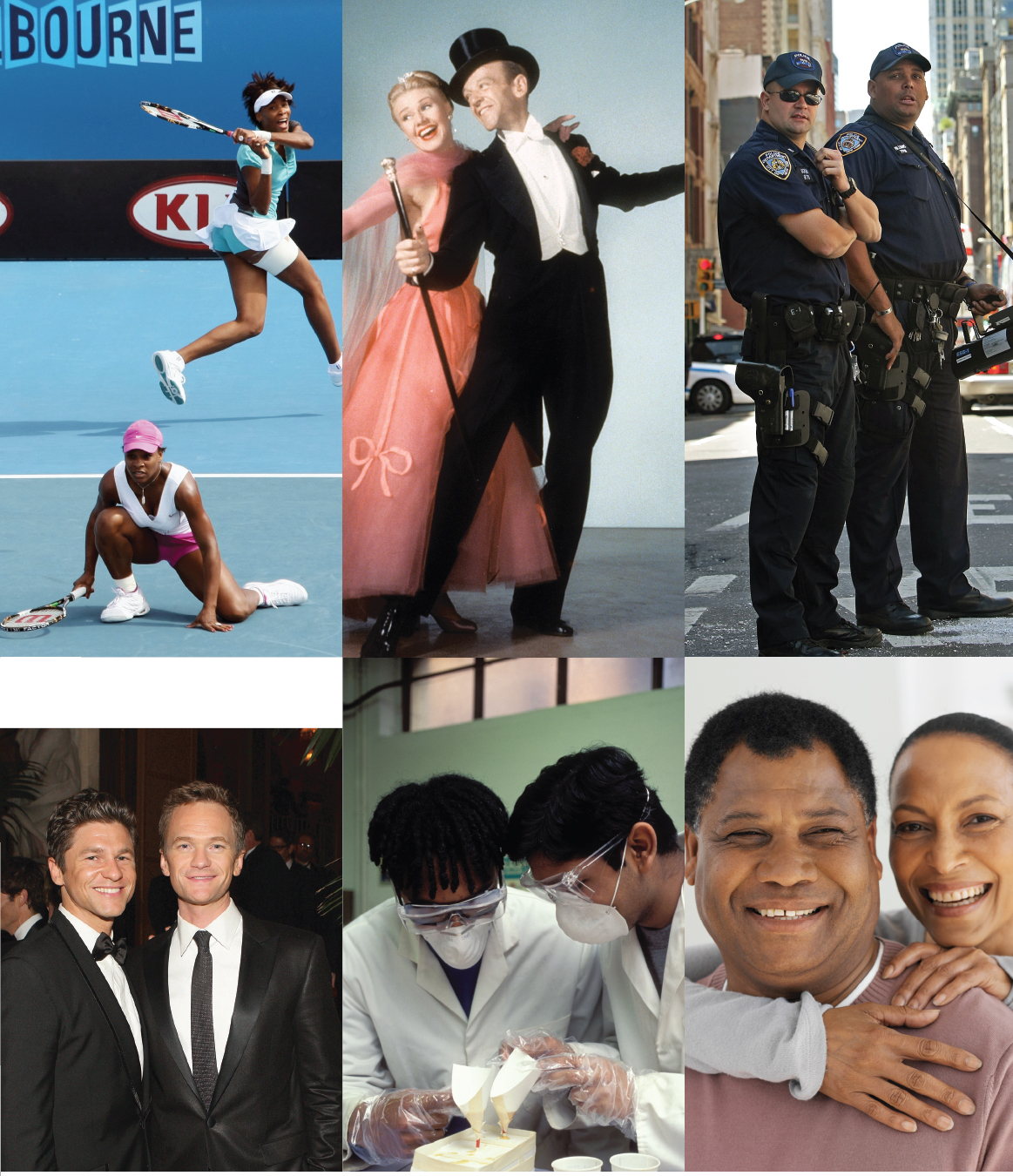3
Verbal Communication

LearningCurve can help you master the material in this chapter. Go to the LearningCurve for this chapter.
Anne Kerry was walking to the bank in her San Francisco neighborhood when she suddenly ran into Scott, an old college friend, accompanied by another young man. “Anne,” he said warmly, “I want you to meet my partner, Bryan.” Anne was surprised—
chapter outcomes
After you have finished reading this chapter, you will be able to
- Describe the power of language—
the system of symbols we use to think about and communicate our experiences and feelings - Identify the ways language works to help people communicate—
the five functional communication competencies - Describe the ways that communicators create meaning with language
- Label problematic uses of language and their remedies
- Describe how language reflects, builds on, and determines context
Like many words in the English language, partner has a variety of definitions: it can mean anything from “an associate” to “a dancing companion” to “a group of two or more symbiotically associated organisms.” But like Anne, many of us immediately jump to another definition: “half of a couple who live together or who are habitual companions.” Indeed, the term is widely used by gays and lesbians seeking a label for their loved one. Some heterosexual couples have also embraced the term to reveal their committed state, particularly when they feel that they’ve outgrown the term boyfriend or girlfriend or are unwilling to use the terms husband and wife.
The fact is the labels we choose for our relationships have a huge impact on our communication. The term partner can give rise to ambiguity—
As our opening vignette shows, the names used to describe our connections with others have power. This is true for all kinds of relationships. For example, calling your father “Dad” reveals less formality in your relationship than calling him “Father.” In a stepfamily situation, calling your father’s wife “Mom” indicates more closeness than using her first name. Choosing words can get complicated. That’s why we dedicate this chapter to studying verbal communication, the way we communicate with language. Language is the system of symbols (words) that we use to think about and communicate experiences and feelings. Language is also governed by grammatical rules and is influenced by contexts.
Of course, nonverbal behaviors—